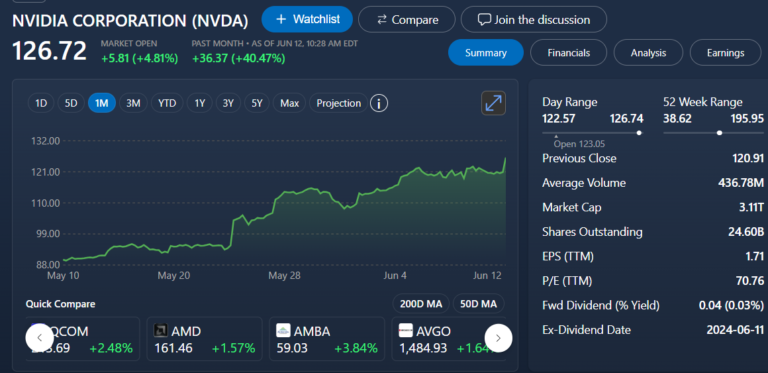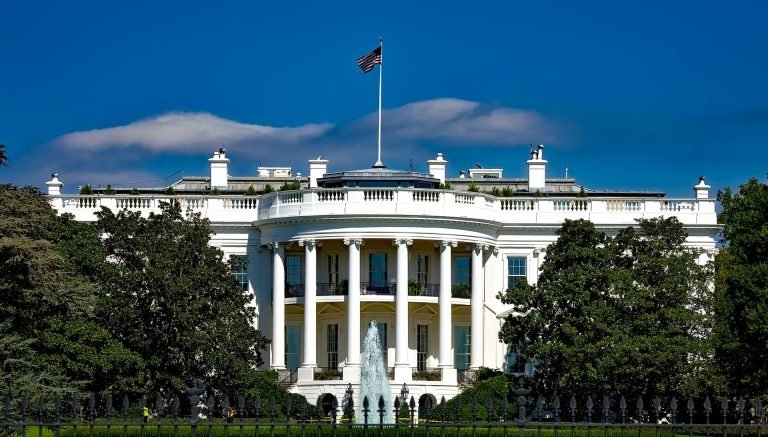Bitcoin Halving: A Potential Catalyst for a Market Rally

Understanding the Bitcoin Halving
Bitcoin is on the verge of experiencing a significant event known as the “halving,” which could potentially ignite a substantial rally in its value. The concept of the halving is straightforward yet profound in its impact on the supply of new bitcoins entering the market. By design, this event reduces the reward for mining new blocks, effectively slashing the rate at which new bitcoins are created by half. This scarcity mechanism is predicted to enhance the value of bitcoin, as fewer new coins mean each existing bitcoin becomes more scarce and, theoretically, more valuable.
The Mechanics of Bitcoin Mining and Halving
Bitcoin mining involves solving complex mathematical problems to validate transactions and add new blocks to the blockchain. Miners who successfully add a new block are rewarded with bitcoins. Initially, this reward was 50 bitcoins per block, but it halves every 210,000 blocks. We’ve seen this reward diminish to 25, then to 12.5, and as of the last halving in 2020, to 6.25 bitcoins.
The upcoming halving will reduce the mining reward to just 3.125 bitcoins per block. This mechanism not only prolongs the process of reaching the maximum supply cap of 21 million bitcoins but also tends to push the value of bitcoin higher. Historical patterns show significant price increases following past halvings, though it’s crucial to acknowledge that other market factors also play roles in these dynamics.
Historical Impact and Market Speculation
Past halvings have been followed by rallies where bitcoin’s price increased by triple-digit percentages within the following year. For instance, after the 2016 halving, bitcoin saw an exponential rise in value. However, attributing these rallies solely to the halving might be overly simplistic, as debates continue over whether the halving itself or a combination of other factors drive these price increases.
As the next halving approaches, bitcoin has already seen a notable upsurge, reaching new highs. This trend is supported not just by speculation and investor interest but also by more significant financial structures, such as the introduction of bitcoin ETFs by major firms like BlackRock. These developments suggest a maturing market that could be less susceptible to extreme volatility traditionally associated with bitcoin.
The Debate Over Energy Consumption
One of the more contentious issues surrounding bitcoin mining is its environmental impact, particularly the vast amounts of energy required for mining operations. Critics argue that as rewards decrease, miners might need to increase their computational efforts to maintain profitability, potentially leading to higher energy consumption. However, there is also an argument to be made that halvings encourage efficiency improvements in mining technology and practices, including a shift towards renewable energy sources.
Some experts believe that halvings might even reduce overall energy consumption as less competitive miners exit the industry, similar to trends observed in other resource-extraction industries. This potential decrease in miners could lead to a consolidation of mining operations, possibly reducing the environmental footprint per bitcoin mined.
Looking Forward
As the 2024 halving draws near, the anticipation and excitement within the crypto community are palpable. This event is not just a technical adjustment but a cultural moment that could drive further adoption and acceptance of bitcoin as a legitimate and valuable digital asset. Whether the halving will lead to another significant rally remains to be seen, but one thing is clear: the halving is a pivotal event in the cryptocurrency world that could shape the financial landscape for years to come.





